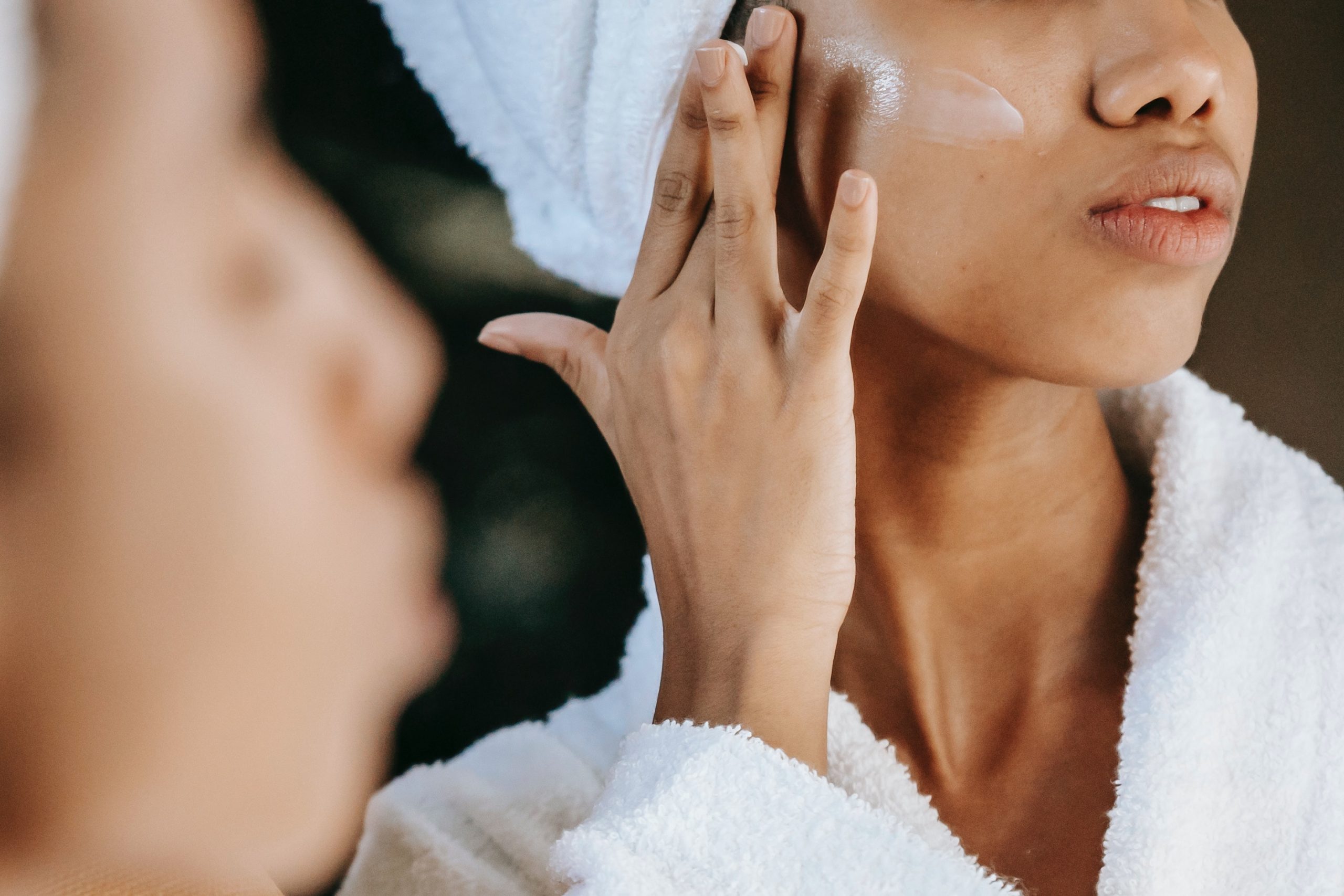How to formulate a cream? This is the question we are trying to answer through this article in its two parts. We introduced humectants in the first, their role as one of the three types of active ingredients in a cream, and the difference between a humectant and an emollient. In this second part, we are going to present emollients and occlusives. What are their roles ? And how to select and dose them correctly to suit all skin types? The answers are in this article:
Emollients: The solution against loss of transepidermal hydration
These are ingredients that provide nutrition and therefore improve the texture and appearance of the skin, providing softness and suppleness. Applied to the skin, they protect it against transepidermal moisture loss.
Emollients are esters or lipids (oils), oily and lipidic. In this article we will focus on natural emollients. We can categorize them as:
- Natural lipids: These are vegetable oils and butters. They are cold pressed in order to preserve their most interesting properties. We can count among the vegetable oils and butters most commonly used in cosmetics: sweet almond oil, shea butter, caprylic/capric triglycerides (derived from coconut oil), eternal argan oil , or the highly prized prickly pear oil. These emollients are selected on the basis of several criteria:
– For their nourishing properties but also antioxidant, anti-wrinkle, soothing, etc. For example, rosehip oil will be a definite advantage in an anti-dark spot or healing product.
– For their story: the choice of ingredients must be thought out to adhere to the marketing concept of the product and the brand.
– For their textures: The different oils and butters have highly variable textures and a spread that gives the finished product a feeling that definitely improves the customer’s experience.
- Natural waxes: Waxes are generally solid at room temperatures, they are used in emulsions to alter the texture and viscosity of the product. They are also excellent occlusive agents that will help the skin retain moisture. They are ideal for dry areas such as lips and body. Among the best known waxes we can mention beeswax, candelilla wax and carnauba wax. The waxes are also selected for their profile, which depending on the formula, can bring more viscosity or more smoothness.
Fun fact: Did you know that jojoba oil is a wax, not a vegetable oil?
Slugging
Today, a spreading cosmetic practice consists of applying a film-forming (or emollient) agent at the end of the evening routine. This would improve the rate of loss of moisturizing agents and trap them in the skin. Although there are no concrete scientific studies investigating the increase in the rate of absorption of moisturizers by the skin thanks to this method, it certainly can not hurt! Be careful to use non-comedogenic oils (ex: Jojoba oil).
How to select the right moisturizer formulation for each skin type?
Different skin types need different facial moisturizers, which come in different textures and thicknesses:
- For oily skin: The best treatment for oily skin is rich in moisturizing agents and contains very few lipids. Water-based and oil-free, like a moisturizing gel that does not contain oil. A very good example is that of the Radiance Serum with Vitamin C, discover our article on this star active ingredient.
For dry and mature skin: A rich cream will be the best care to alleviate the signs of dryness; thanks to its double moisturizing and nutritive action, it will considerably improve the condition of the skin by protecting it against the loss of transepidermal hydration to which it is subject.
Need advice? Prodigia offers you all its support services: contact us and let us put our know-how and our laboratories at your service. Discover our White Label service.



